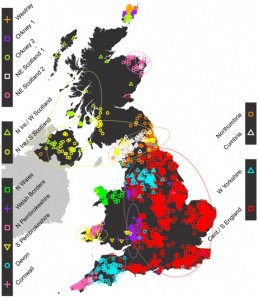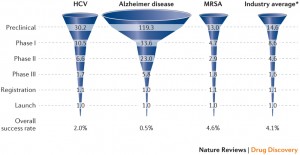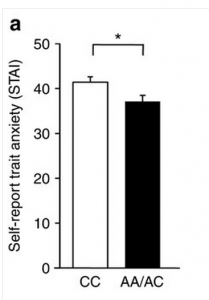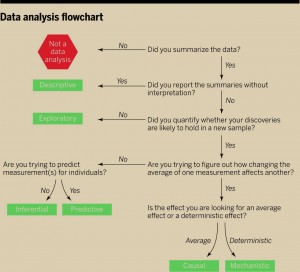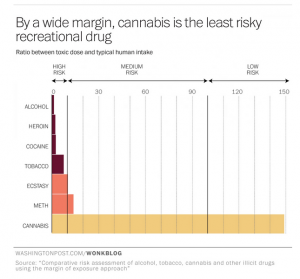Q: Did you see diet soda isn’t healthier than the stuff with sugar?
A: What now?
Q: In Stuff: “If you thought diet soft drink was a healthy alternative to the regular, sugar-laden stuff, it might be time to reconsider.”
A: They didn’t compare diet soft drink to ‘the regular, sugar-laden stuff’.
Q: Oh. What did they do?
A: They compared people who drank a lot of diet soft drink to people who drank little or none, and found the people who drank a lot of it gained more weight.
Q: What did the other people drink?
A: The story doesn’t say. Nor does the research paper, except that it wasn’t ‘regular, sugar-laden’ soft drink, because that wasn’t consumed much in their study.
Q: So this is just looking at correlations. Could there have been other differences, on average, between the diet soft drink drinkers and the others?
A: Sure. For a start, there was a gender difference and an ethnicity difference. And BMI differences at the start of the study.
Q: Isn’t that a problem?
A: Up to a point. They tried to adjust these specific differences away, which will work at least to some extent. It’s other potential differences, eg in diet, that might be a problem.
Q: So the headline “What diet drinks do to your waistline” is a bit over the top?
A: Yes. Especially as this is a study only in people over 65, and there weren’t big differences in waistline at the start of the study, so it really doesn’t provide much information for younger people.
Q: Still, there’s some evidence diet soft drink is less healthy than, perhaps, water?
A: Some.
Q: Has anyone even claimed diet soft drink is healthier than water?
A: Yes — what’s more, based on a randomised trial. I think it’s fair to say there’s a degree of skepticism.
Q: Are there any randomised trials of diet vs sugary soft drinks, since that’s what the story claimed to be about?
A: Not quite. There was one trial in teenagers who drank a lot of sugar-based soft drinks. The treatment group got free diet drinks and intensive nagging for a year; the control group were left in peace.
Q: Did it work?
A: A bit. After one year the treatment group had lower weight gain, by nearly 2kg on average, but the effect wore off after the free drinks + nagging ended. After two years, the two groups were basically the same.
Q: Aren’t dietary randomised trials depressing?
A: Sure are.
